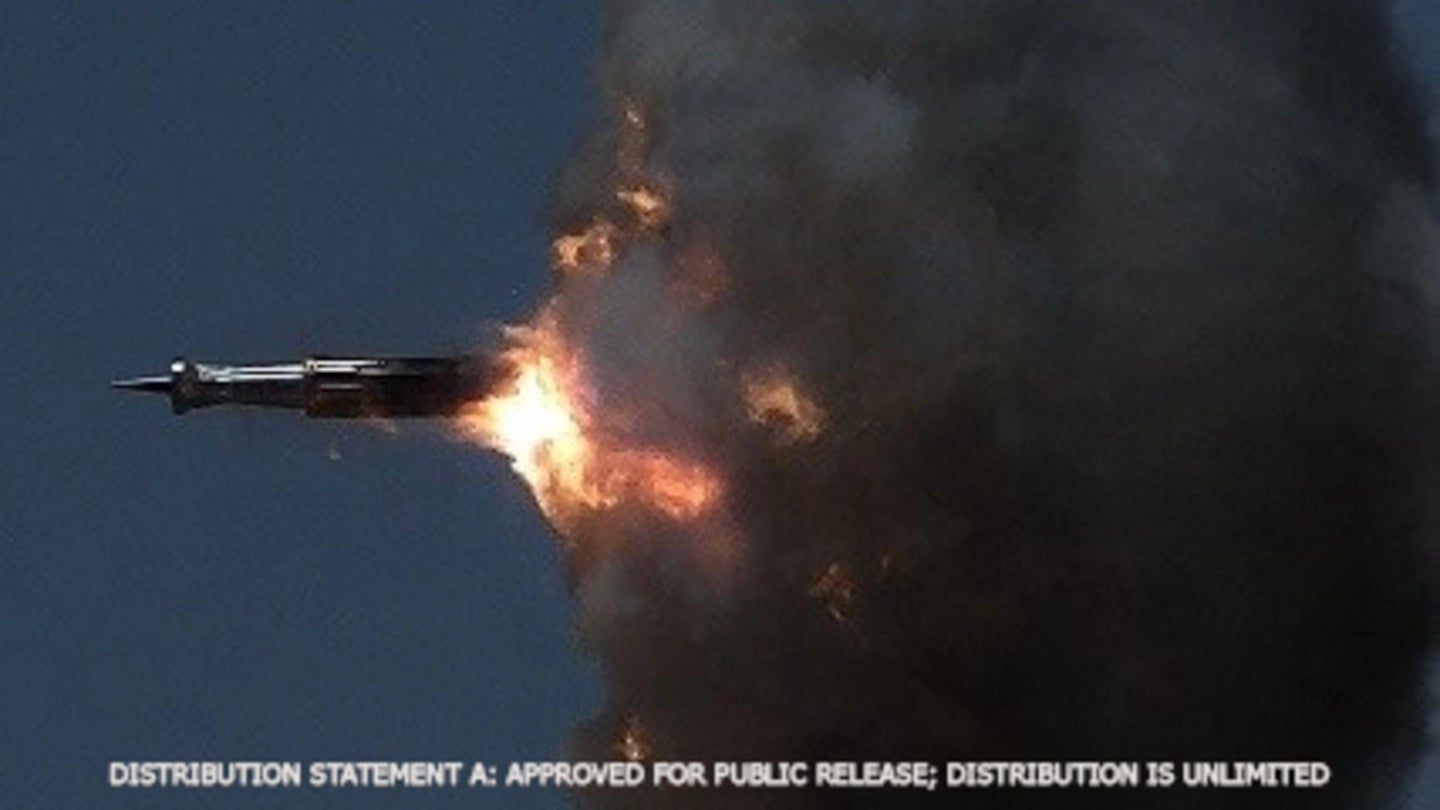1. Singapore’s war planning process and approach to building our conscript force structure is often misunderstood by Americans. In Oct 1965, a senior Israel Defence Force officer, Major-General Rehavam Ze'evi, was dispatched to Singapore to meet then Defence Minister Goh Keng Swee in secret. He then assembled a team that developed The Brown Book - a masterplan for the build-up of the Singapore Armed Forces (SAF). The SAF may be small but it is a full spectrum force, integrated at a tri-service level supported by a cyber team. Here’s a video of US Marines, training in Singapore.2. the effectiveness of the weapon depends on training and motivation --this includes training involving multiple units with multiple commands/communications/etc
..a mediocre weapon in trained, motivated hands is better than a great weapon in untrained, unmotivated hands = cheaper does not always mean less effective
2. Two members of my family were trained in armoured warfare by these Israeli Army advisors; prior to the 1973 Oct War — a fact that that the SAF did not acknowledge until this intimate relationship was declassified, decades after the first Singaporean soldiers were trained in this formerly secret scheme.
3. Modern SAF TTPs are hugely influenced by our 6 years of deployments in Afghanistan in support of American troops alongside with Australian and NZ armed forces. 492 SAF personnel served in Afghanistan — providing a range of military capabilities in support of ISAF troops in their fight against the Taliban that includes deploying a platoon of UAVs, a pair of artillery hunting radars (to provide warning on rocket attacks), multiple rotations of imagery analysis and information fusion teams (in support of the S2) and a surgical team to Oruzgan. Singaporean Artillery trainers were also deployed to Kabul; and the SAF provided a small team of 6, in summer, to support the NZDF PRT in Bamiyan.
Last edited:




